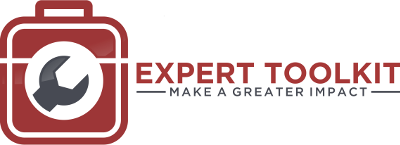Establishing a project board
A project board is a group of individuals who provide oversight and direction to a project. Key stakeholders from the business and project team, including the project sponsor, project manager, and subject-matter experts, typically make up the board.
The major role of a project board is to provide strategic oversight of the project, ensuring delivery of the project is on time and within budget. A project board sets the overall direction for the project and making key decisions about its scope, timeline, and budget.
A project board should meet regularly to review the progress of the project, advise, and approve key decisions. It is good practice to have independent board members on a project board. Independent board members should not be directly involved in the project or business area, but bring a wealth of experience and expertise.
Having independent board members can bring several benefits to a project. They can provide an objective perspective and challenge the assumptions of those involved in the project. They can also bring a diverse range of skills and experience to the table, which can be valuable in decision-making and problem-solving.
It is important to weigh the composition of a project board to ensure that it includes a mix of expertise and experience. This might include the project manager, project sponsor, and subject-matter experts, as well as independent board members who can provide an objective perspective on the project.
Here is a step-by-step guide to establishing a strong project board and authorizing environment:
-
Define the project board: The project board provides oversight and direction for the project. I should compose it of key stakeholders from the business and project team, including the project sponsor, project manager, and subject-matter experts.
-
Establish a clear decision-making process: It is important for the project board to have a clear decision-making process so that all stakeholders have a say in key project decisions. This could include establishing regular meetings, setting clear agenda items, and establishing a process for resolving disputes or conflicts.
-
Define roles and responsibilities of the project board: It is important to define the roles and responsibilities of the project board members. This should include their authority to decide, their areas of expertise, and their responsibilities for communicating with other stakeholders.
-
Establish an authorizing environment: The authorizing environment is the overall governance structure that provides the oversight and decision-making frameworks for the project. It should compose of a range of stakeholders, including the project board, project sponsor, and relevant business functions.
-
Establish clear policies and procedures: It is important to establish clear policies and procedures for the project board and authorizing environment to follow. This should include guidelines for decision-making, communication, and risk management.
-
Monitor and review the project board and authorizing environment: To ensure that the project board and authorizing environment are operating effectively, it is important to monitor and review them. This could include conducting regular reviews or audits, soliciting feedback from stakeholders, and implementing any necessary improvements.
A "Terms of reference" (TOR) shows the overall definition of the board. This gives the board a clear idea of what they should do.
Key elements to include in a project board TOR are:
- The purpose and objectives of the board
- The names and roles of board members.
- The authority and decision-making power of the board
- The board's responsibilities include oversight of the project and guidance to the team.
- The frequency and format of board meetings, including the preparation and distribution of agendas and minutes
- The processes for communicating with other stakeholders, including customers, senior management, and other relevant parties
- The procedures for resolving disputes or conflicts that may arise during the project
- Monitoring and reviewing the performance of the board is part of the process.
Having a clear set of TOR for the project board can help to ensure that it operates effectively and efficiently, and that everyone has a clear idea of what they handle. It is important to review and update the TOR regularly to ensure it is current and to reflect any changes to the project or board members.
A strong project board is essential for the success of any project. It can help improve project outcomes, provide increased accountability, enhance communication, reduce risk, and improve stakeholder satisfaction. By investing in a strong project board, organizations can enhance the chances of success for their projects and improve stakeholder satisfaction.
